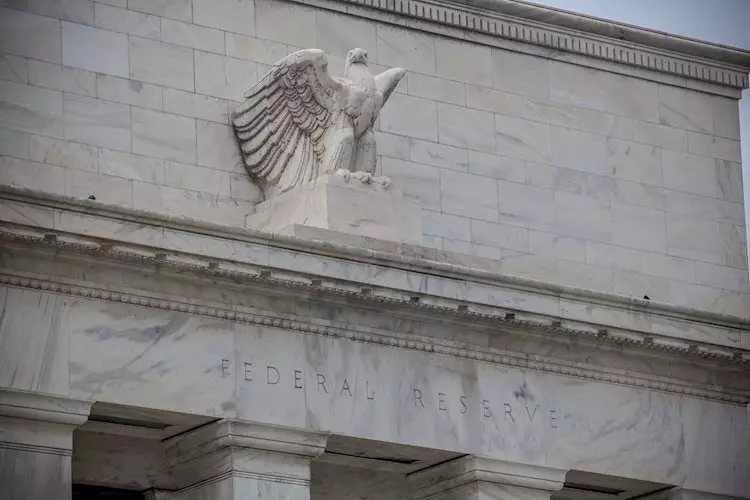Federal Reserve (Fed) Chairman Jerome Powell and European Central Bank (ECB) President Christine Lagarde recently shared their insights on the monetary policy outlook during the ECB Forum on Central Banking in Sintra. Powell emphasized that “Services inflation is usually stickier,” indicating that the inflation in the services sector tends to be more persistent. Lagarde pointed out that wage increases are moving back down towards more sustainable levels and are still above where they will ultimately settle. Both leaders acknowledged the cooling off of the labor market and forecasted that inflation may reach 2% in the coming years.
Monetary policy in the United States is chiefly determined by the Federal Reserve (Fed). With the dual mandate of achieving price stability and fostering full employment, the Fed primarily leverages interest rate adjustments to meet these objectives. When inflation surpasses the Fed’s 2% target, it raises interest rates to curb rising prices. Conversely, during periods of low inflation or high unemployment, the Fed may lower interest rates to stimulate borrowing and spending. These changes in interest rates impact the value of the US Dollar, influencing international investment flows.
The Federal Reserve conducts eight policy meetings annually, where the Federal Open Market Committee (FOMC) evaluates economic conditions and makes crucial policy decisions. Comprising twelve Fed officials, including the Board of Governors members and regional Reserve Bank presidents, the FOMC plays a pivotal role in setting monetary policy. In exigent circumstances, the Federal Reserve may resort to Quantitative Easing (QE) as a non-traditional policy tool to enhance credit flow in the financial system. QE involves the Fed purchasing bonds to inject liquidity into the economy, thereby weakening the US Dollar.
Quantitative Easing (QE) was prominently utilized by the Fed during the Great Financial Crisis in 2008 to mitigate the economic downturn. Conversely, Quantitative Tightening (QT) represents the inverse process of QE, where the Federal Reserve ceases bond purchases and refrains from reinvesting maturing bond proceeds. This policy adjustment typically bolsters the value of the US Dollar by reducing the monetary supply in the economy.
The discussions between the Federal Reserve and the European Central Bank underscore the importance of coordinated monetary policy measures to address economic challenges effectively. With a focus on inflation management, employment, and financial stability, central banks play a crucial role in shaping the economic landscape. By employing a range of policy tools, including interest rate adjustments and unconventional measures like QE and QT, central banks strive to maintain equilibrium and promote sustainable growth.


Leave a Reply